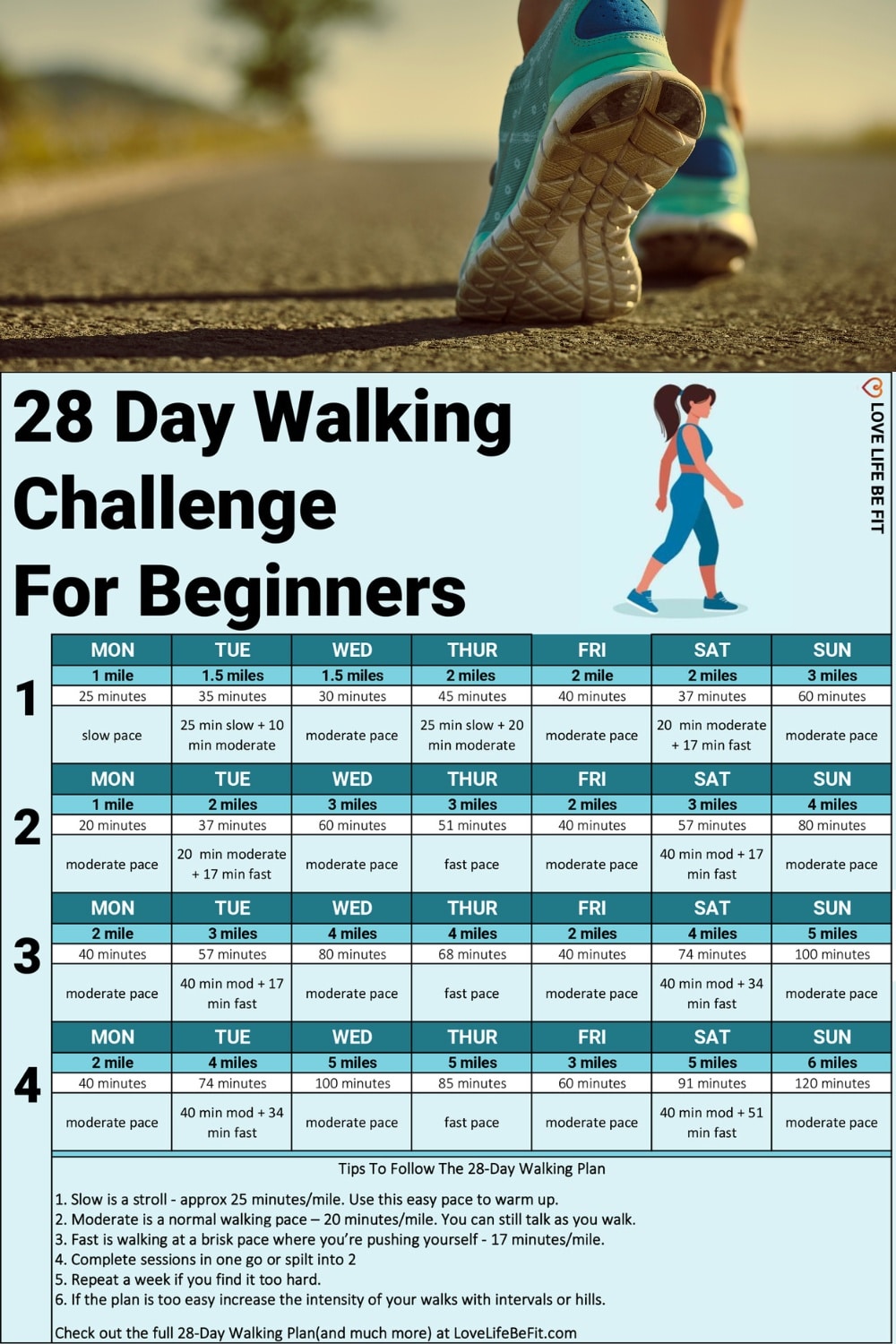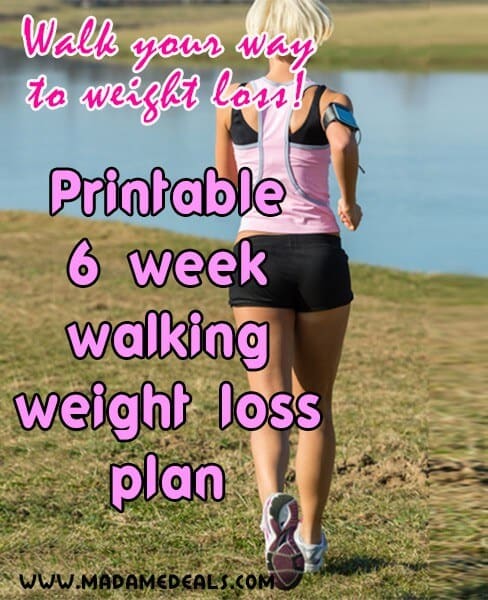“I never thought a simple walk could change my life,” confides Emma Johnson, a rising star in the wellness community. “This free walking plan to lose weight gave me the structure and motivation I needed to shed those stubborn pounds.”
Have you ever wondered, free walking plan to lose weight could be your ticket to a healthier, happier you? You’re not alone. From celebrities dropping dress sizes to everyday heroes embarking on incredible health transformations, understanding the right walking routine is essential. Let’s dive into the numbers, inspiring stories, and the science behind a free walking plan to lose weight that works.

The Walking Revolution: Why Walking for Weight Loss?
“Is walking really enough to lose weight?” Emma asks during our conversation. It’s a common skepticism, especially in a world obsessed with high-intensity workouts and fad diets. But the truth is, walking is one of the most accessible and effective ways to achieve weight loss.
According to EatingWell (Nov 14, 2024), walking three times a week with a structured plan can kickstart your weight loss journey. But how does a free walking plan to lose weight fit into this, and what makes it so effective? Let’s explore.
Crafting Your Journey: The Free Walking Plan to Lose Weight
Week 1: Building the Foundation
“Starting slow is key,” advises Dr. Laura Mills, a leading nutritionist. Week 1 focuses on establishing a routine:
- Monday: 10-minute brisk walk
- Wednesday: 15-minute moderate walk
- Friday: 20-minute easy-paced walk
“This gradual increase helps your body adjust without feeling overwhelmed,” Dr. Mills explains. By the end of the first week, you’ll have built a solid foundation for more intense walking sessions.
Week 2: Increasing Intensity
As confidence grows, Week 2 introduces slight intensity:
- Monday: 20-minute brisk walk
- Wednesday: 25-minute walk with 2 minutes of faster pace
- Friday: 30-minute easy-paced walk
Emma shares, “I felt my stamina improving, and those extra minutes made a big difference.” This week aims to boost your metabolism and start burning more calories.
Week 3: Adding Variety
“Variety keeps things interesting,” Emma notes. Week 3 incorporates different walking styles:
- Monday: 30-minute power walk
- Wednesday: 35-minute walk with intervals (3 minutes fast, 2 minutes slow)
- Friday: 40-minute leisurely walk
This variation not only prevents boredom but also targets different muscle groups, enhancing overall calorie burn.
Week 4: Maximizing Results
By Week 4, you’re ready to maximize your weight loss potential:
- Monday: 45-minute brisk walk
- Wednesday: 50-minute walk with 5 minutes of sprinting
- Friday: 60-minute walk at a steady pace
Maria Lopez, a busy mom who followed this plan, shares, “Reaching 60 minutes was challenging, but seeing the scale drop made it all worthwhile.” This final week is designed to push your limits and achieve significant weight loss.
Success Stories: Real People, Real Results
Meet Jake Thompson, a 35-year-old teacher who embarked on the free walking plan to lose weight. “I used to take around 5,000 steps a day,” Jake reveals. “After following the 30-day plan, I lost 30 pounds and felt more energetic than ever.”
Or consider Sophia Ramirez, a corporate executive juggling work and family. “Walking became my escape,” she says. “This free plan gave me the structure I needed. Losing 25 pounds was just the beginning of my transformation.”
These stories highlight a universal truth: walking, when guided by a structured plan, can lead to remarkable weight loss and improved well-being.
The Science Behind the Steps: How Walking Burns Fat
Calorie Burn and Metabolism
Walking is a low-impact exercise that effectively burns calories. Verywell Fit explains that walking 10,000 steps can burn approximately 300-500 calories, depending on factors like pace and body weight. Over a month, this consistent calorie burn can lead to substantial weight loss.
Boosting Metabolism
“Regular walking keeps your metabolism active,” says Dr. Mills. An active metabolism means your body is better at converting food into energy rather than storing it as fat. “This is crucial for sustainable weight loss,” she adds.
Mental Health Benefits
Weight loss isn’t just about physical changes. Walking also enhances mental health by reducing stress and boosting mood. “When you feel good mentally, it’s easier to stay committed to your weight loss goals,” Emma explains.
Incorporating Walking into Your Daily Life: Practical Tips
Ready to lace up your sneakers? Here are some strategies to help you integrate walking into your routine:
- Morning Walks: Start your day with a brisk walk to kickstart your metabolism.
- Lunchtime Strolls: Take a walk during your lunch break to break up sedentary work hours.
- Evening Walks: Wind down your day with a relaxing walk to clear your mind.
- Walking Meetings: Suggest walking meetings at work instead of sitting in a conference room.
- Step Challenges: Join a step challenge with friends or family to stay motivated.
“Consistency is key,” emphasizes Lily. “Find what works for you and make walking a regular part of your life.”

Diet and Walking: The Perfect Duo for Weight Loss
Walking alone can help you lose weight, but pairing it with a healthy diet amplifies the results. “Focus on nutrient-dense foods like fruits, vegetables, lean proteins, and whole grains,” advises Dr. Mills. “This ensures your body gets the fuel it needs while supporting your weight loss goals.”
Portion Control
“It’s not just what you eat, but how much you eat,” Maria points out. Keeping an eye on portion sizes can prevent overeating and help maintain a calorie deficit.
Hydration
Staying hydrated is essential. “Sometimes, thirst is mistaken for hunger,” Lily notes. “Drinking plenty of water can help control unnecessary snacking.”
Tracking Your Progress: Tools and Techniques
Keeping track of your steps can help you stay accountable and motivated. Here are some tools to consider:
- Fitness Trackers: Devices like Fitbit or Apple Watch can monitor your daily steps and overall activity.
- Smartphone Apps: Apps like MyFitnessPal or Google Fit offer step tracking and additional health insights.
- Journals: If you prefer a low-tech approach, keeping a daily step journal can be effective.
“Seeing your progress in numbers is incredibly motivating,” Jake says. “It reminds you that every step counts.”
Overcoming Common Obstacles: Staying on Track
Time Constraints
“I have a busy schedule,” many people say. But integrating walking into your day doesn’t have to be time-consuming. “Even short walks can add up,” Dr. Mills advises. “Aim for multiple short walks rather than trying to fit in one long one.”
Motivation Drops
Staying motivated can be tough. “Find a walking buddy or join a walking group,” Lily suggests. “Having someone to share the journey with can keep you accountable and make walking more enjoyable.”
Plateaus
Hitting a weight loss plateau? “Increase your step count gradually or incorporate interval walking,” recommends Dr. Mills. “Changing your routine can reignite your metabolism and push past the plateau.”
Frequently Asked Questions (FAQ)
1. What is a free walking plan to lose weight?
A free walking plan to lose weight is a structured schedule that outlines daily walking activities designed to help you burn calories and shed pounds without any cost.
2. How effective is a free walking plan for weight loss?
When followed consistently, a free walking plan to lose weight can be highly effective. It combines regular walking with dietary recommendations to create a sustainable weight loss strategy.
3. Do I need any equipment for a free walking plan to lose weight?
No, you don’t need any special equipment. Comfortable walking shoes and appropriate clothing are sufficient. However, a fitness tracker or smartphone app can help you monitor your progress.
4. How long should each walk be in a free walking plan to lose weight?
Walks typically range from 30 to 60 minutes per session, depending on your fitness level and weight loss goals. The plan gradually increases the duration and intensity over time.
5. Can I lose weight without changing my diet if I follow a free walking plan?
While walking alone can contribute to weight loss, combining it with a healthy diet enhances results. Focus on nutrient-dense foods and portion control for optimal weight loss.
6. How quickly can I see results with a free walking plan to lose weight?
Results vary, but many people start noticing changes within 4 weeks. Consistency is key, so stick to the plan and complement it with healthy eating habits.
7. Is a free walking plan suitable for all fitness levels?
Yes, a free walking plan to lose weight can be tailored to suit all fitness levels. Beginners can start with shorter, less intense walks and gradually increase as their fitness improves.
8. How do I stay motivated on a free walking plan to lose weight?
Set realistic goals, track your progress, find a walking buddy, and vary your routes. “Making walking enjoyable and celebrating small milestones
Get apple cider vinegar gummies here on tiktok:https://www.tiktok.com/@vitanectar/video/7409790486212332831
or amazon here:
https://amzlink.to/az0YPOM3QEk79 #Will Drinking More Water Help You Lose Weight? # Alana Thompson Weight Loss 2024: The Surprising Journey of Honey Boo Boo # The Ultimate Guide to Keto Gummies with BHB: Unlocking Your Weight Loss Potential